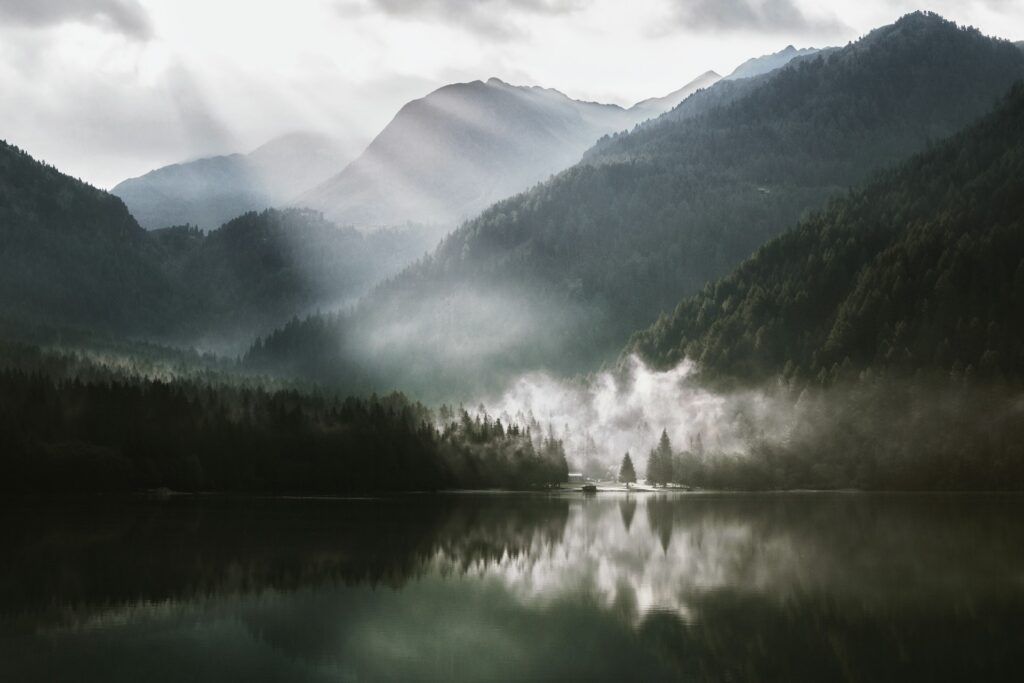Beach photography can be a beautiful and fulfilling genre of photography and a lot of people either live not too far from a beach or enjoy regular holidays to the coast.
If your camera is gathering dust just because you feel that there are no interesting subjects around to photograph, go to a nearby beach and you can come back home with some winning photographs.
Shooting beach photography is very similar to shooting any other landscape, but with one fundamental difference – the water. If you pay attention to the moving water you can incorporate the magic of the sea in your composition, and definitely, you can create extraordinary photographs.
Here are some important tips, settings, requirements, and facts to take into account when getting into beach photography.
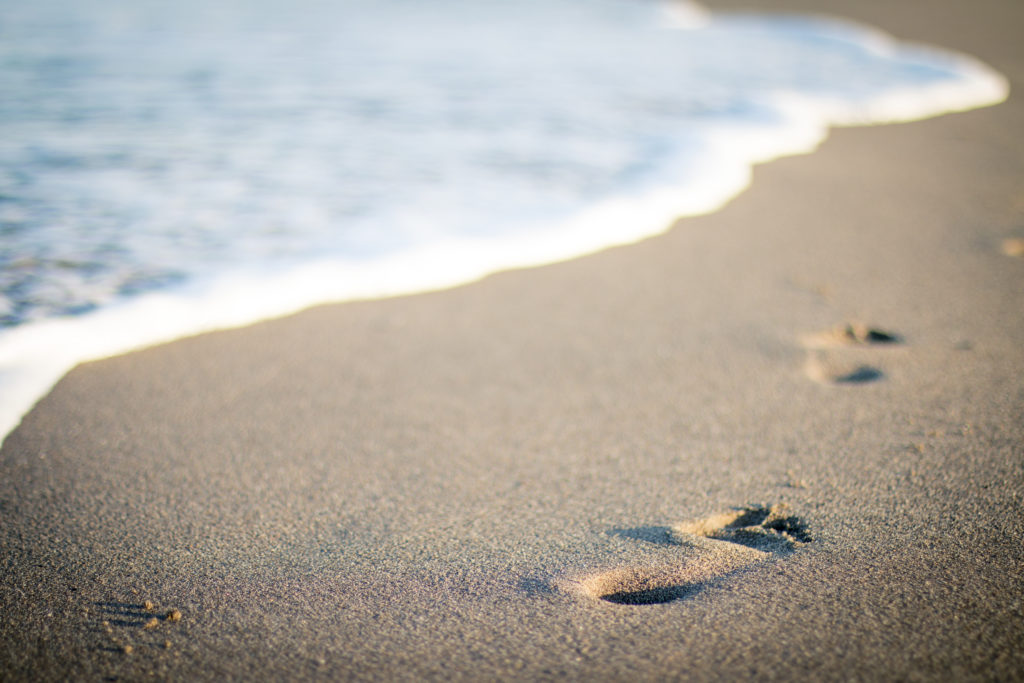
Gear Required:
- Any camera can be used for beach photography, but if you are looking for longer exposures, go for one that can shoot in manual mode
- A wide angle lens if you are shooting a wider perspective or a mid focal length lens or tele lens if you are looking to capture water features in detail.
- Tripod if you are shooting long exposures. For normal exposures as well, tripods help with getting better compositions.
- Neutral Density Filters, if you are shooting long exposures or you are shooting under very bright light conditions
- If there is too much variation in light intensity between the sky and the waterbody, you can make use of a graduated neutral density filter.
- Circular polarising filters if you are looking to avoid reflections off water, flora and looking to bring some colour and details in a bright sky.
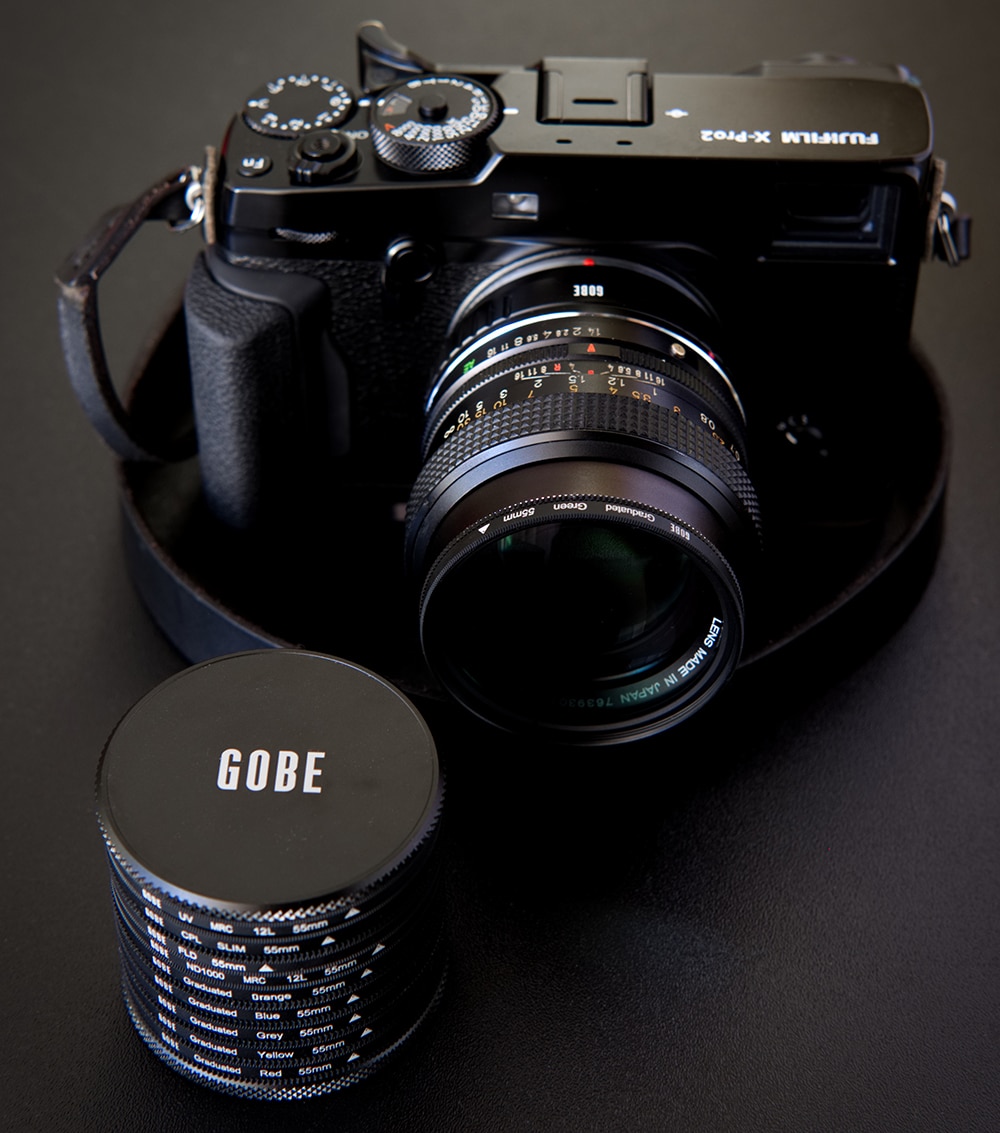
- Lens hood to remove unwanted flare or other artifacts.
- A remote shutter release or cable release to avoid blur due to camera shake.
Camera Settings:
- As with any genre of photography, it is good to shoot using manual mode. Knowledge of the exposure triangle will be of great help.
- Use the lowest iso possible to avoid noise in photographs
- Aperture value can be between f/5.6 to f/11, depending on your lens’ sweet spot.
- If your lens performs well at narrow apertures, do not hesitate to go up to f/16 for longer exposures and for shooting under bright light conditions.
- It is best to use matrix metering when shooting waterscapes as this is very similar to shooting landscapes.
- Choose your shutter speed depending on what you intend to shoot. If you are looking to freeze actions like a crashing wave or water splashing, go for faster shutter speed. If you are looking to record movements, you will need to go for longer exposures, in other words, slow shutter speed of 1 to 10 seconds or longer depending on what you wish to photograph.
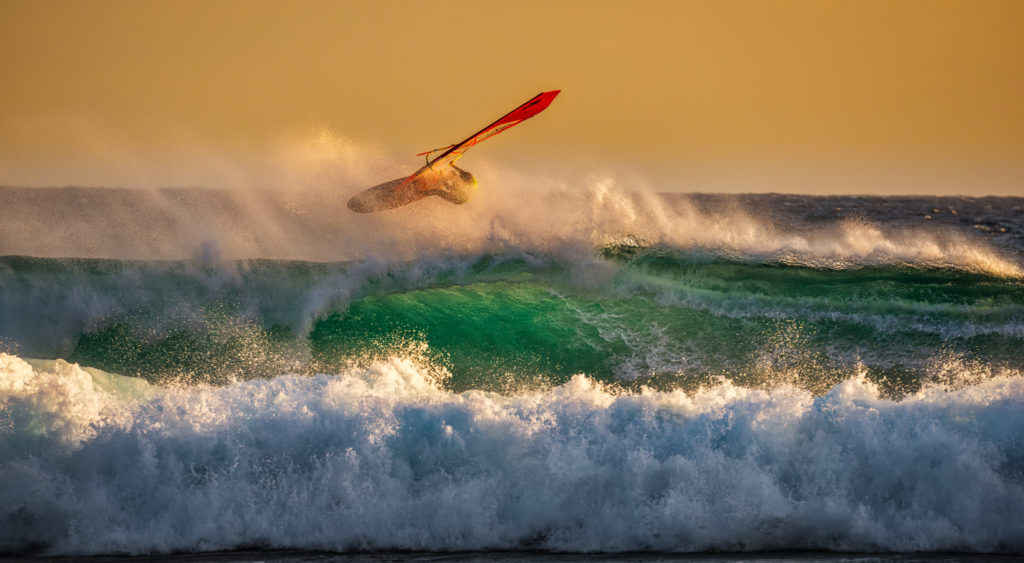
- Focus on one-third of the scene to get the entire scene in focus or use the hyperfocal distance to get the scene in focus. Manual focus is recommended
- Using the camera on a tripod with live view turned on, can help with easy but interesting compositions.
- Slow shutter speed can be achieved by using very low iso, narrow aperture. If you want even longer exposures, make use of ND filters.
- Choose auto white balance. By shooting raw, you can always change the white balance during post-processing
Best Time Of The Day For Beach Photography:
- The best time to photograph waterscapes will be the blue hour and golden hours. These are the times before and after sunrise and sunsets.
- If you are looking to avoid people in the frame, an hour before sunrise to an hour after sunrise would be the best time for getting some beautiful colors in the sky and for amazing soft light
- If you wish to include people in the frame to enhance composition or to show scale and balance in the composition, then evenings would be the best time when there are people around. Shoot from an hour before sunset to an hour after sunset.
- The time before sunrise and after sunset is the best time for beautiful soft long exposure images.
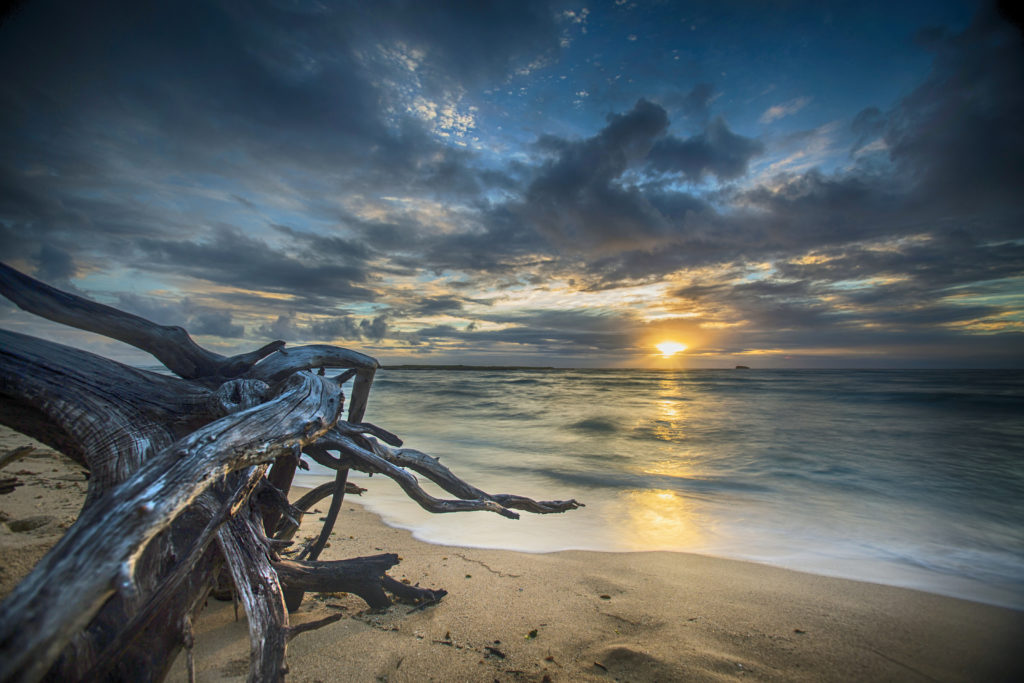
- If you are shooting during the daytime when the sun is very bright up in the sky, make use of ND filters to compensate for the harsh light.
- If you want to eliminate unwanted weird reflections off water or from other elements like trees, and want to bring some colours and details to the skies, make use of the circular polarising filter. The circular polarising filter works well only when the sun is at 90 degrees to the frame.
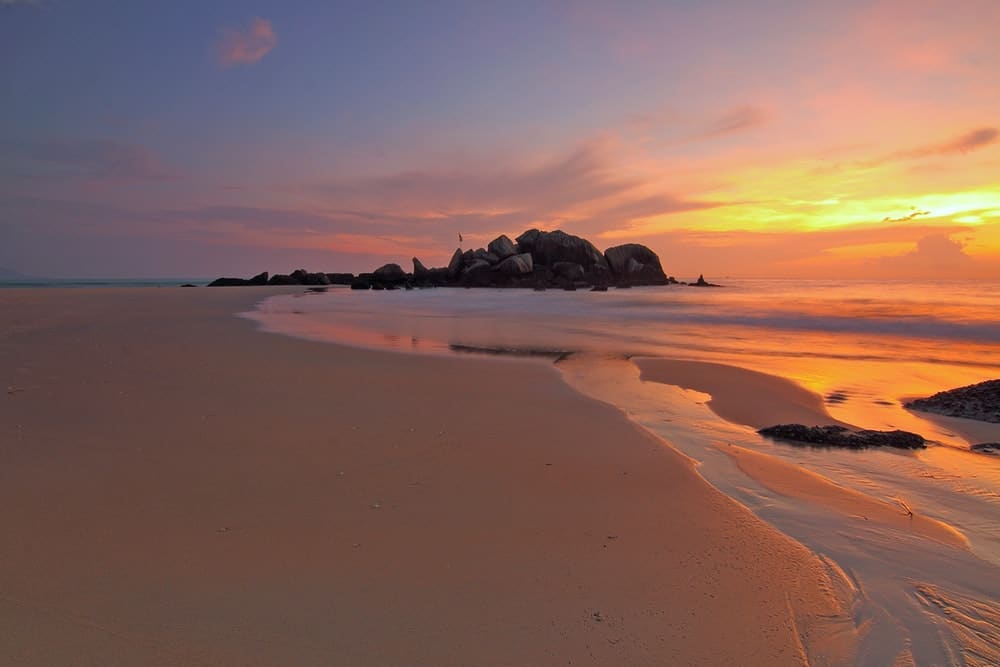
Great Weather Conditions For Beach Photography:
- When it comes to weather, beaches lend beautiful images whether it is a colourful sunrise or a cloudy/foggy day. As photographers, it is our goal to make the situation work in our favour. Do not be put off by foggy weather, as beautiful moody images can be made during those days.
- Overcast days can be your best friend if you are focusing on the water features and not including much of the skies. The soft light and the reflected light from the water can illuminate the scene with a soft glow.
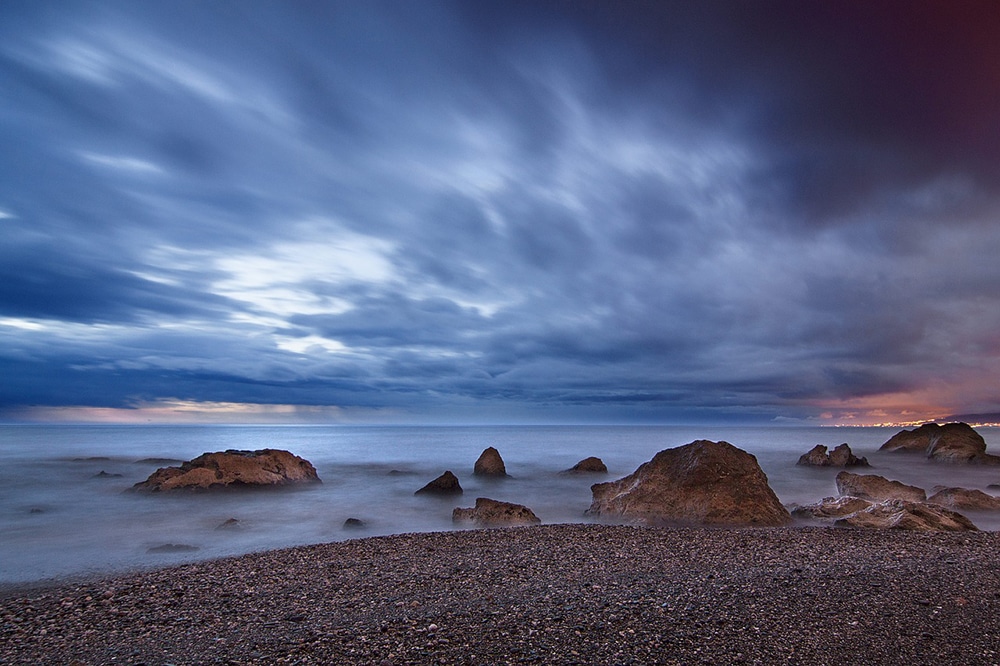
Steps You Need To Take To Shoot The Beach:
- Put your camera on a tripod
- Use manual mode for longer exposure and use the mirror lockup feature if using DSLRs
- Focus manually into one-third of the scene
- Use the lowest iso possible and aperture between f/5.6 to f/16 depending on exposure time, available light and sharpness of the lens.
- If you still think the image is too bright for the exposure you are looking for (usually for long exposures or very bright light conditions) use ND filters to compensate for that
- Frame your image – using live view is recommended for better compositions.
- Use a remote or cable release and expose the frame.
Some Of The Subjects That You Can Photograph
Of course, there are plenty of great compositions when you are down at the beach to photography. You can just focus on the waterscapes and fill the frame with the sea or include surrounding elements to add to the composition.
If you are focussed on just the water body, you will usually be composing a feature (maybe a rock) or an action (the waves) that are happening down at the beach. There may also be reflections of nearby structures that can lend for some compelling images and these will be the focal point in the frame.
Besides these, incorporating elements in or nearby the beach can help with strong compositions.
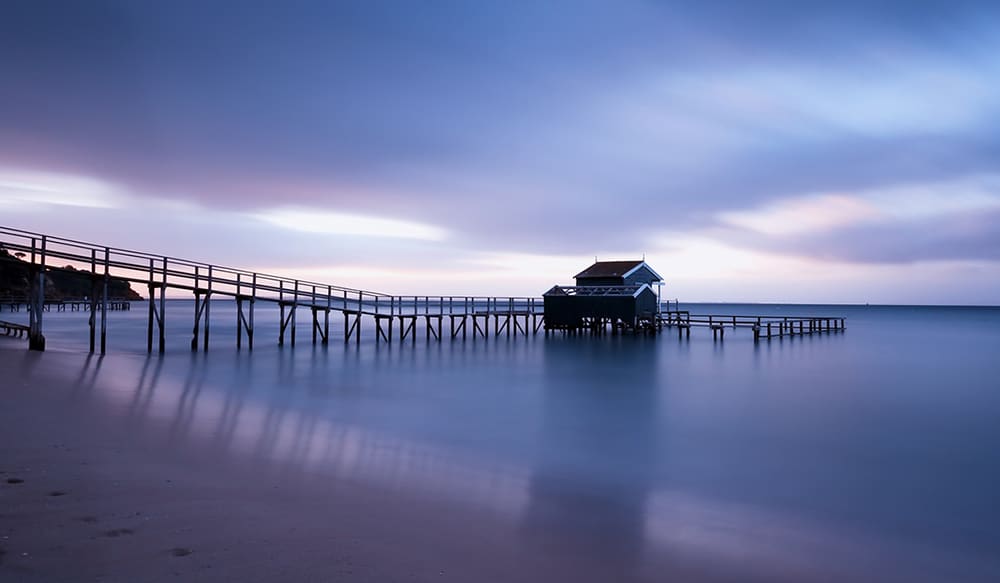
Here are some elements or subjects that you can include in your beach pictures:
- Foreground elements – include a meaningful or dominant foreground element to create powerful beach photography
- Rocks – these could be used as leading lines or to enhance depth in the image. Rocks can be used in layers to create depth in composition.
- Sunsets and sunrises can make for some of the most beautiful beach pictures.
- Leading lines like deckings, posts, piers or other bridges in the waters can be used to create a strong composition.
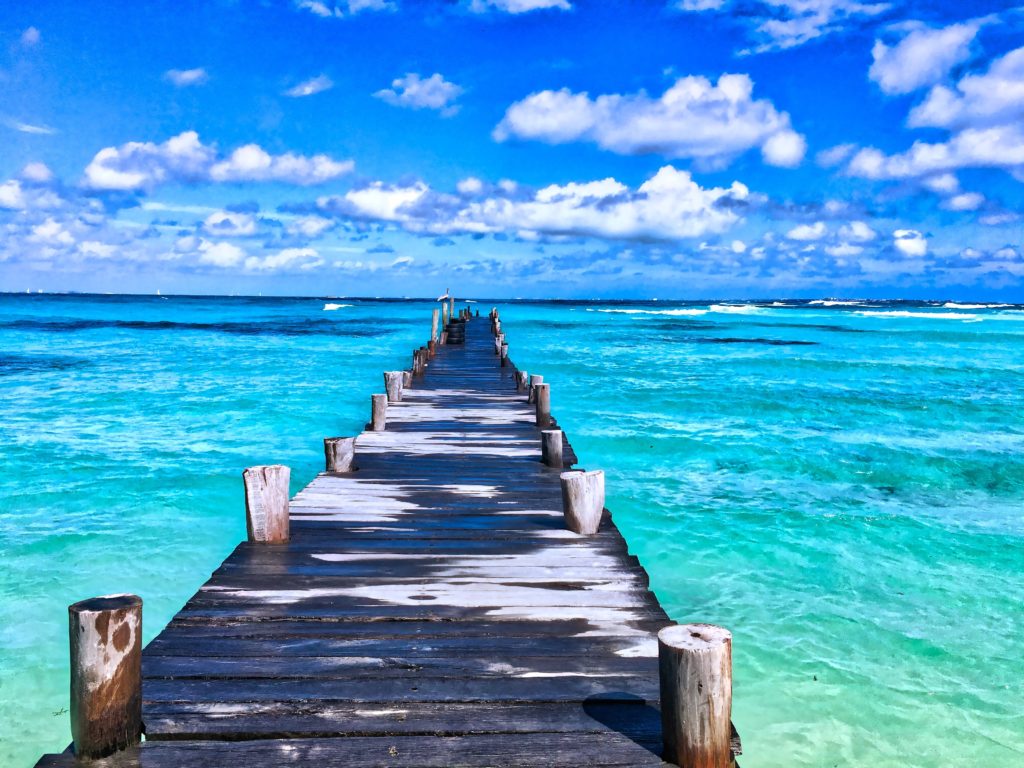
- Lighthouse, boats, surfers are other elements that can add meaning to a beach-scape
- Some trees that you will find down at the beachfront are palm trees or even mangroves. Use the verticals and other leading lines in there to compose images that include these trees. If there are boats or other water transports used there, include them while composing your images.
- Buildings/architecture – There are buildings on oceanfronts. Make use of these architectural structures to compose your images.
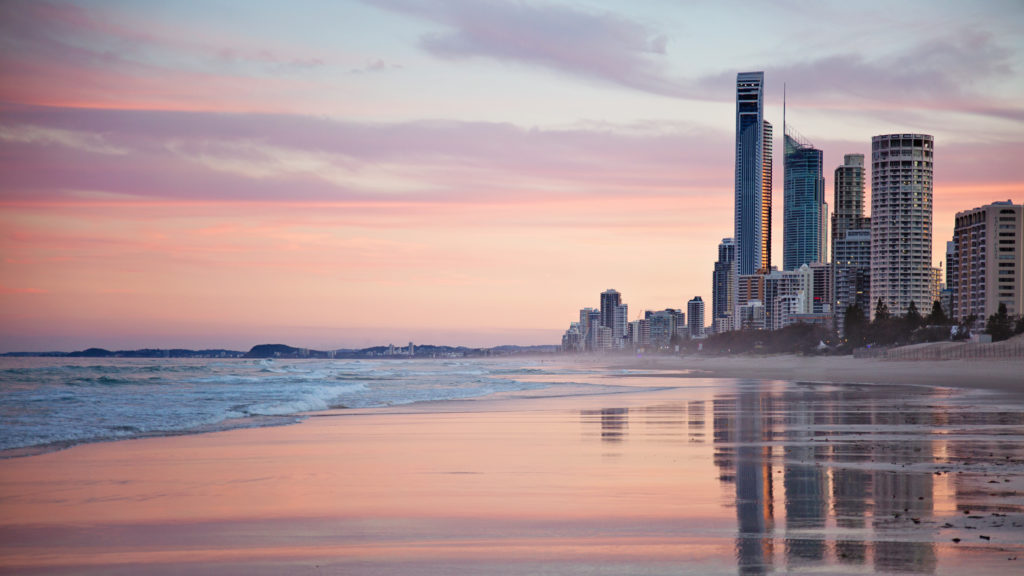
- Add a human in the frame to show emotion or to add strength to your composition.
- In some areas, beaches can be places where one can witness a lot of action. For example, fishing can help you compose images that include actions or will help document a story
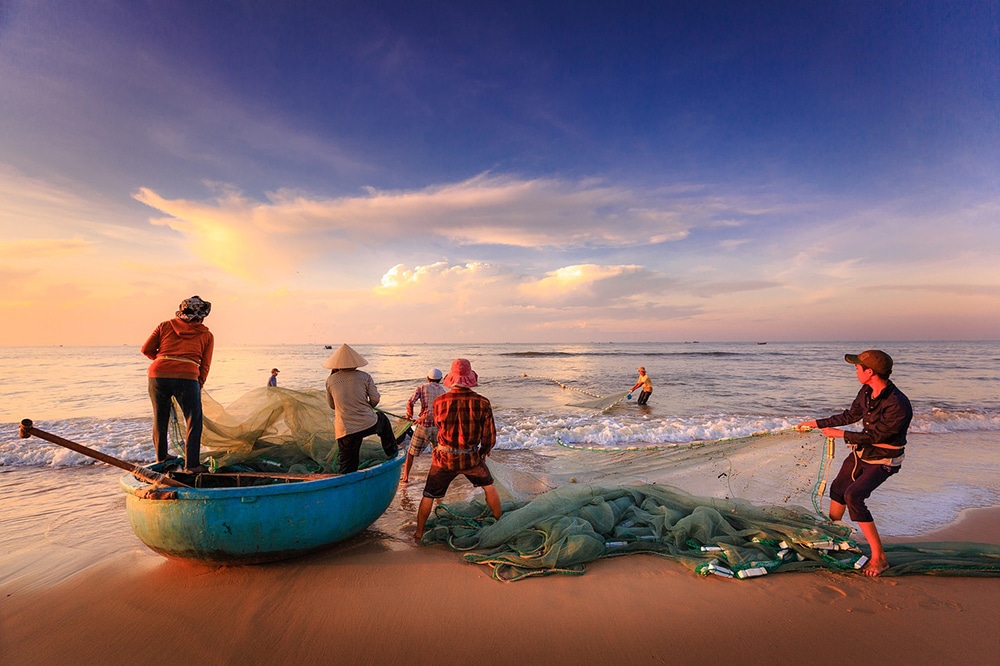
Image by QuangPraha
Some Composition Guidelines That Work For Beach Photography:
There is so much you can compose and photograph when it comes to beach photography – the possibilities are many. Here are some compositional guidelines that you can work with or incorporate into when photographing the beach.
- Rule of Thirds – Make sure you place the elements on or near the intersection of the rule of third lines and the horizon along the lower or upper horizontal line. Also, align any vertical elements on or near one of the vertical lines.
- Space to move – If there are moving elements in the frame, make sure you give the element enough space to move in the frame. This could be a boat, a surfer, a bird or a person walking by the shore.
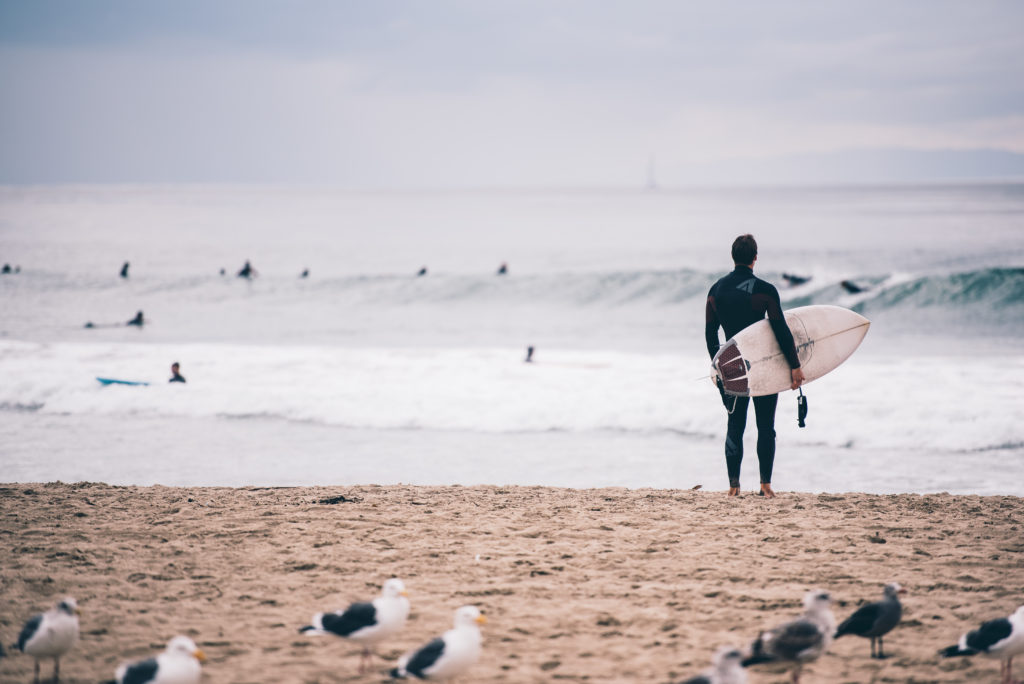
- Diagonals – incorporate diagonals using elements in the beach picture or using any elements that are moving at the beach
- Negative space – look for minimal compositions where you have just one simple element in the frame
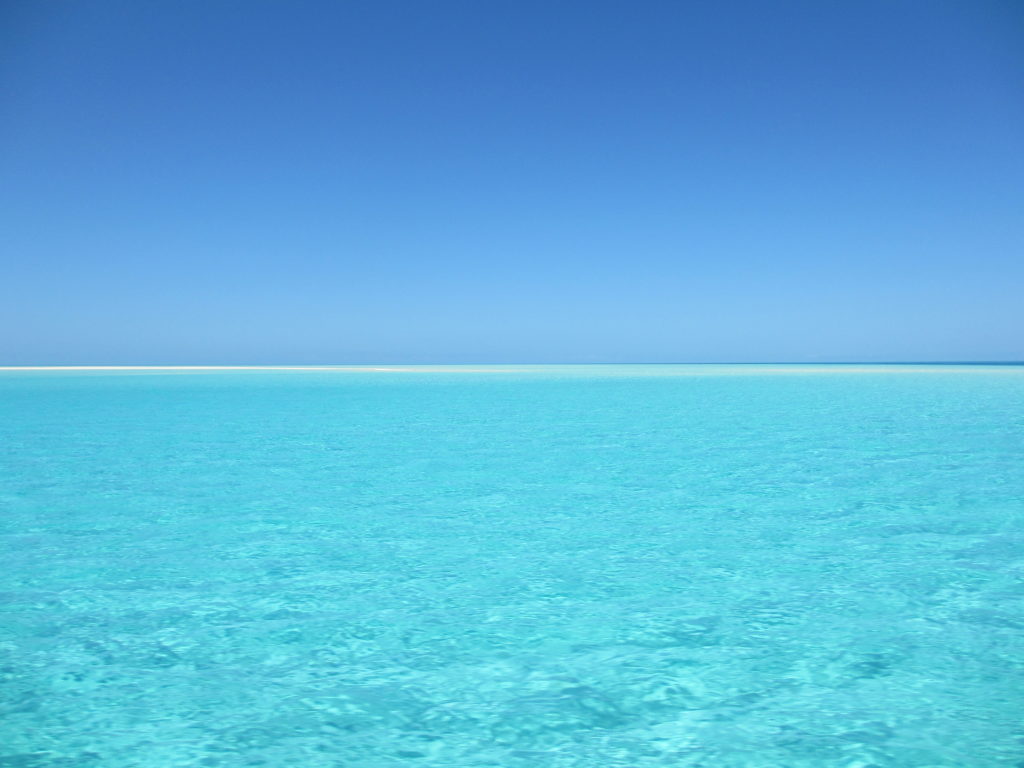
- Curves – look for curves along coastal areas
- Textures and patterns – use textures from rocks or patterns from water to create dramatic compositions
- Leading lines – there are places where rocks can lead a viewer’s eye into the image to the focal point or other elements like bridges and piers can be used to lead the viewer into the frame.
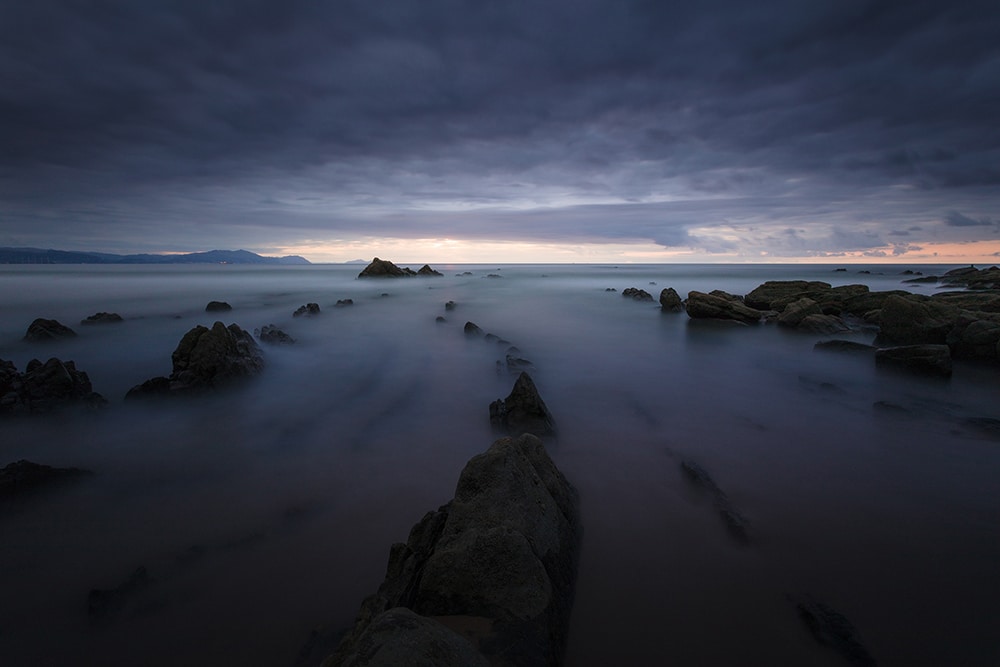
- S curve – when photographing the coast, look for the famous “s curve” to create a strong composition.
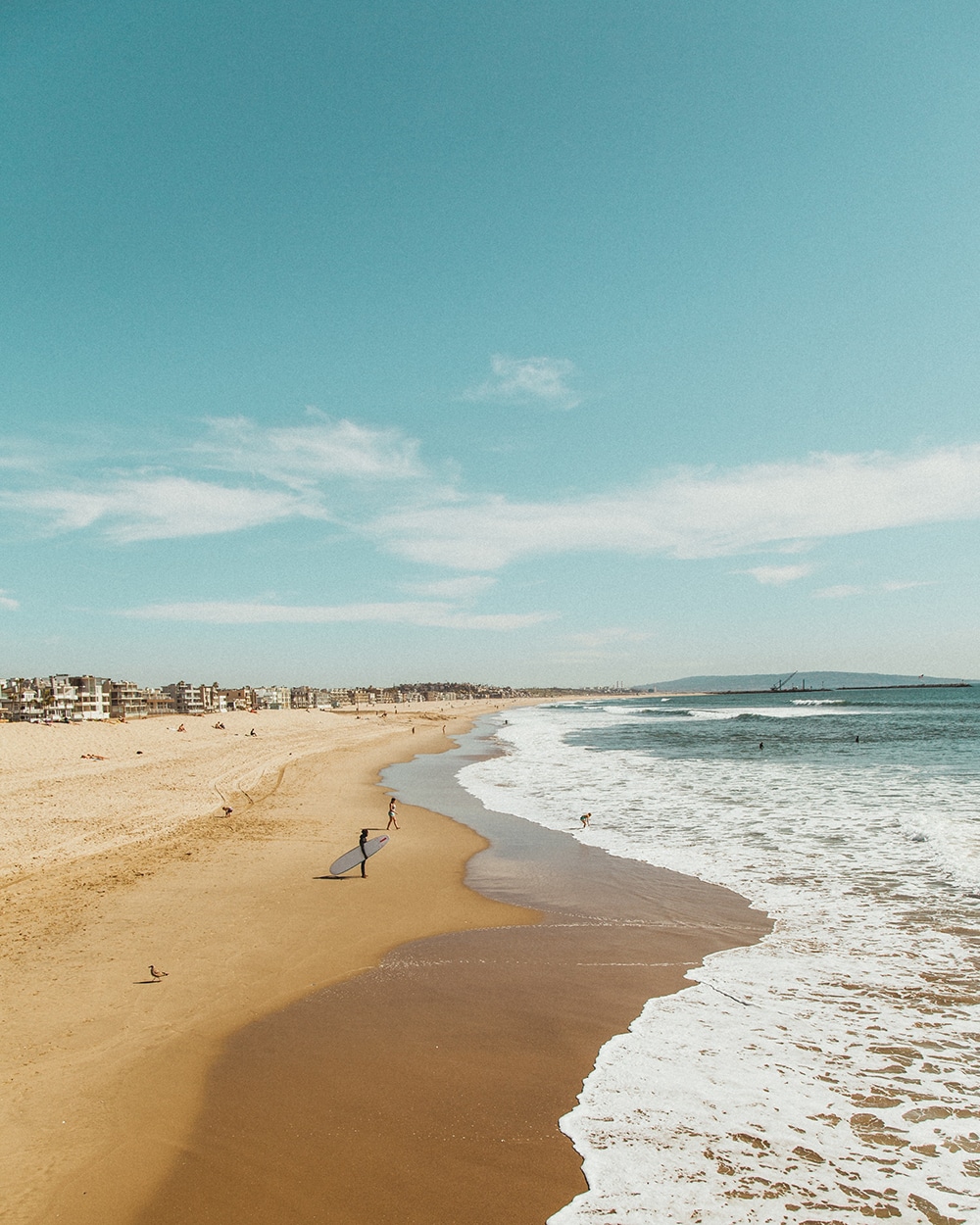
- Verticals – if you are including elements like trees, use the verticals to support your composition.
- Layers – use the elements of the frame and arrange them as layers in such a way that they show or enhance depth in the image.
- Rule of odds – try to have an odd number of elements in the frame rather than even numbers as having odd numbers of elements in a frame is visually appealing and helps with creating powerful images.
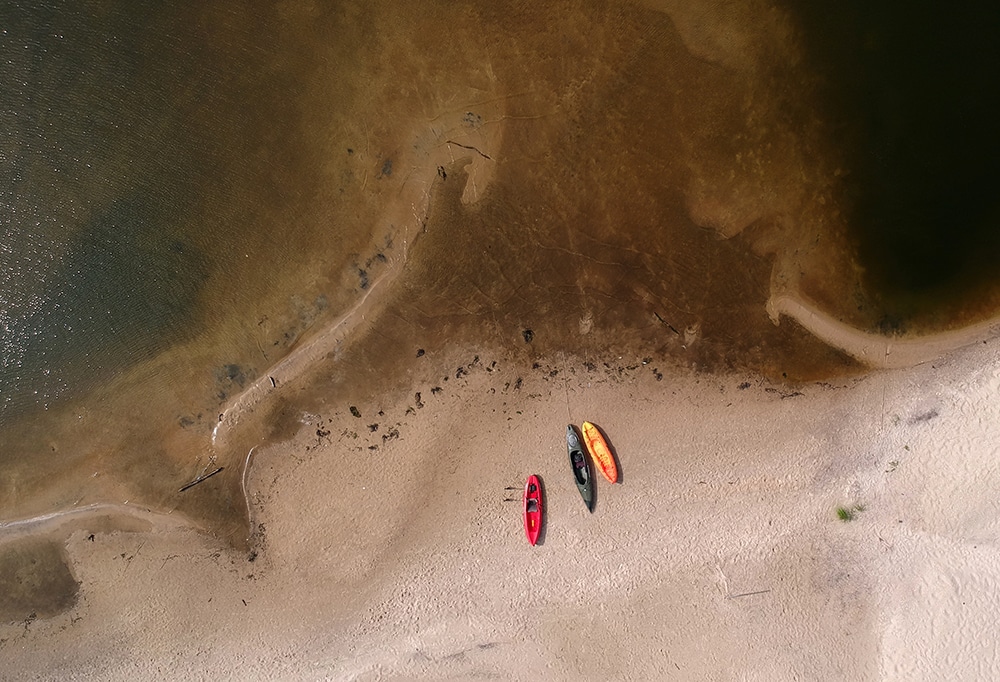
- Colours – make use of contrasting colours to enhance compositions and draw attention
- Perspectives – look for aerial perspectives when shooting the beach. Shoot from the top of a cliff or use a drone and you will be amazed at what you can capture. You can also shoot from a lower angle to get intriguing shots.
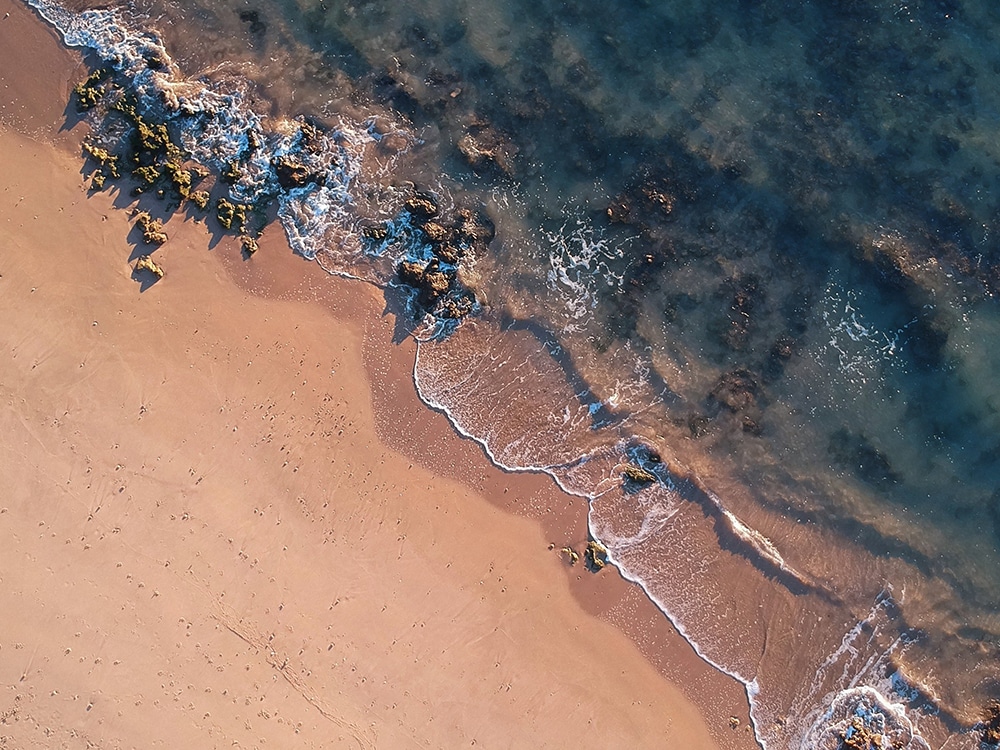
- Fill the frame – when photographing seascapes, you can zoom in and fill the frame with a part of the ocean along with some interesting rocks that can help with composition.
- Reflections – waterscapes are great places to look for beautiful reflections. The best places to look for reflections would be wet sand or rock pools as still water helps best with capturing detailed reflections.
- Symmetry – this is another photographic composition that you can make use in your beach photography. Either look for horizontal or vertical symmetry to create a strong composition
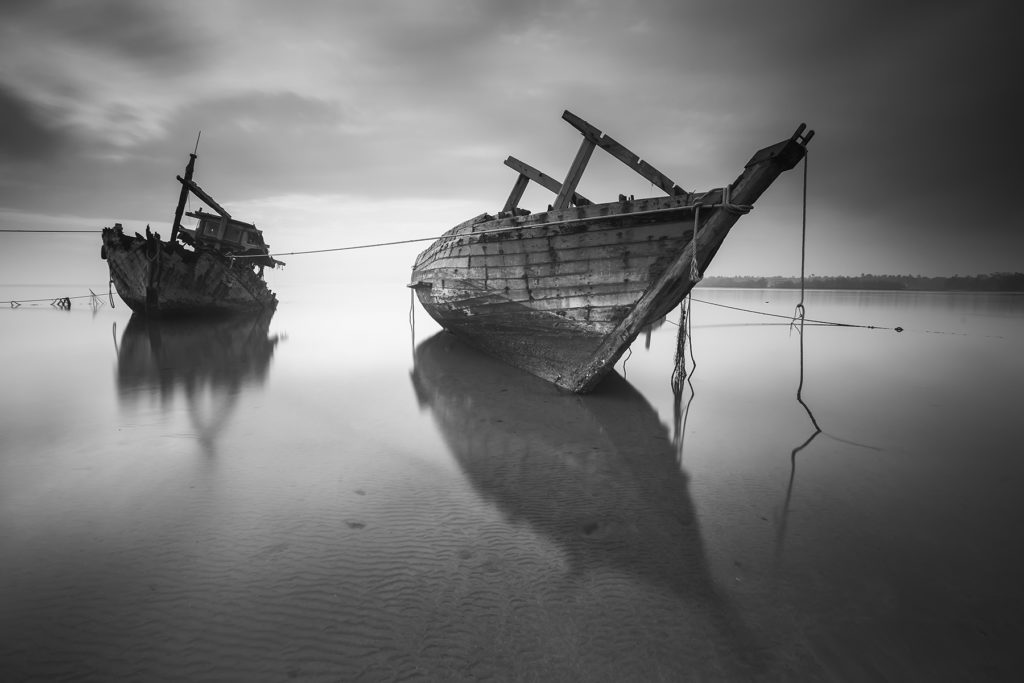
- Monochrome – use monochrome (different shades of the same colour) to avoid distractions and focus on the features and elements in the image. You will still need to pay attention to the composition.
Tips For Beach Photography:
- Make sure you do not use a UV filter when photographing sunsets or sunrises along with waterscapes, as these can create ghost images or unwanted flares and artifacts. Make sure the front elements are not exposed to sand or sea spray during this process.
- The ripples or reflections from the ocean can make for some great abstract images. When photographing ripples, you can just freeze action (faster shutter speed) to get the textures/ripples or use a longer exposure (slower shutter speed) to get a softer image that depicts movement.
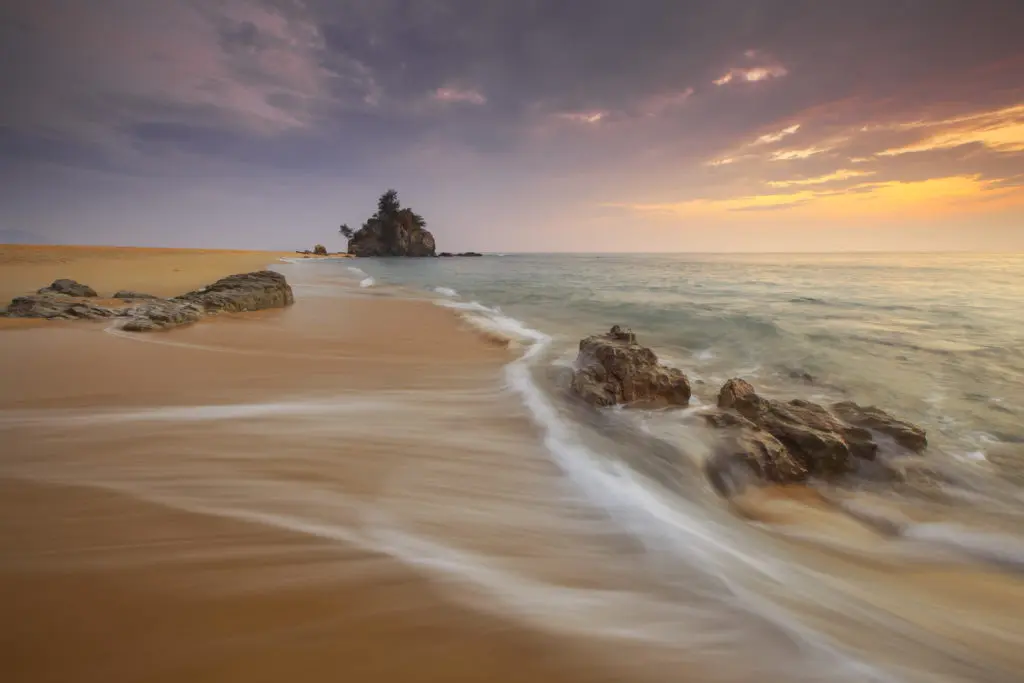
- Long exposures show the dynamics of water in beach photography. Depending on how evident you want the trails, for example, the ocean trails – adjust your shutter speed accordingly.
- There are days when the sea may be fierce because of a high tide or a storm. Use a faster shutter speed to freeze actions when a fierce wave crashes on to a rock by the shore. This can help create spectacular action shots.
- Look for life in and around the beach – for example, animals, birds, plants and trees that can make for great subjects to photograph. These can lend for some great action shots too!
- Shoot moving elements like boats, surfers, people walking, etc.
- Use sunsets or sunrises as focal points when photographing waterscapes. These can also add to dramatic colours in the sky and waterscape.
- Do not be afraid to get your feet wet as some of the best compositions can be done from within the water. Move into the water to compose images as the perspective is different here and make sure that you and your gear are safe here.
- Do not hesitate to shoot the beach at night, especially when there is moonlight to add to the ambient light. You will be rewarded with stunning night images that not many other photographers make.
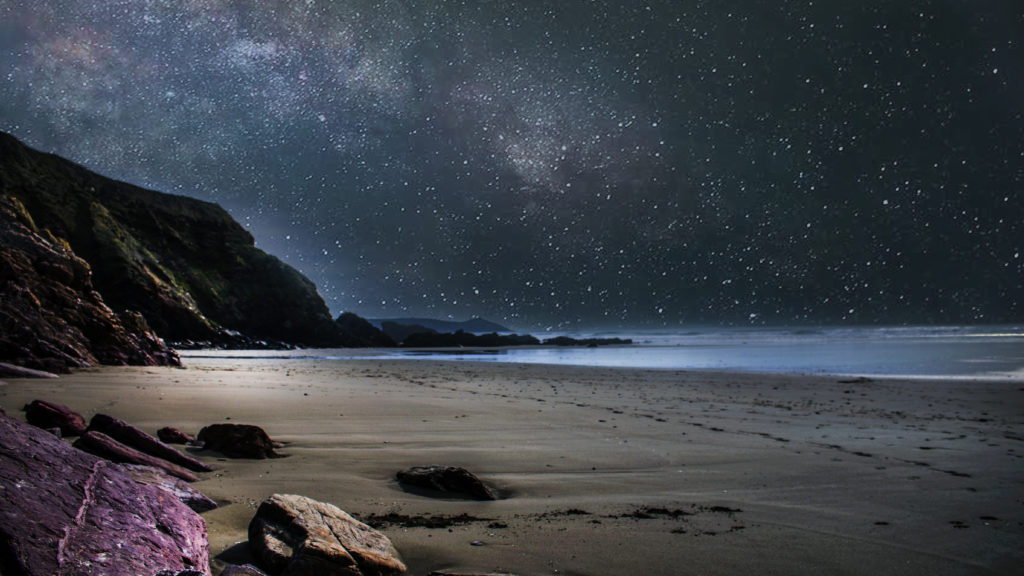
Did you know? Long exposure beach photography can lead to some beautiful fine art images. Why don’t you give them a try? You never know what you can create without trying it first!
Protect Your Gear:
- When photographing the beach you may be very close to water and of course, sand that could damage your gear. Make sure you take all precautionary measures to protect your gear from these elements and any adverse weather that you may encounter.
- Do not change lenses in areas where waves are crashing or when it is windy in sandy areas, as these can settle on your sensors and other parts of your camera and lenses causing serious damage. UV filters can be used to protect the front element of the lens from sand, dust and water/sea sprays
- You can use rain covers to protect your gear and use desiccants like silica gel in your camera bag, that will help absorb any moisture present.
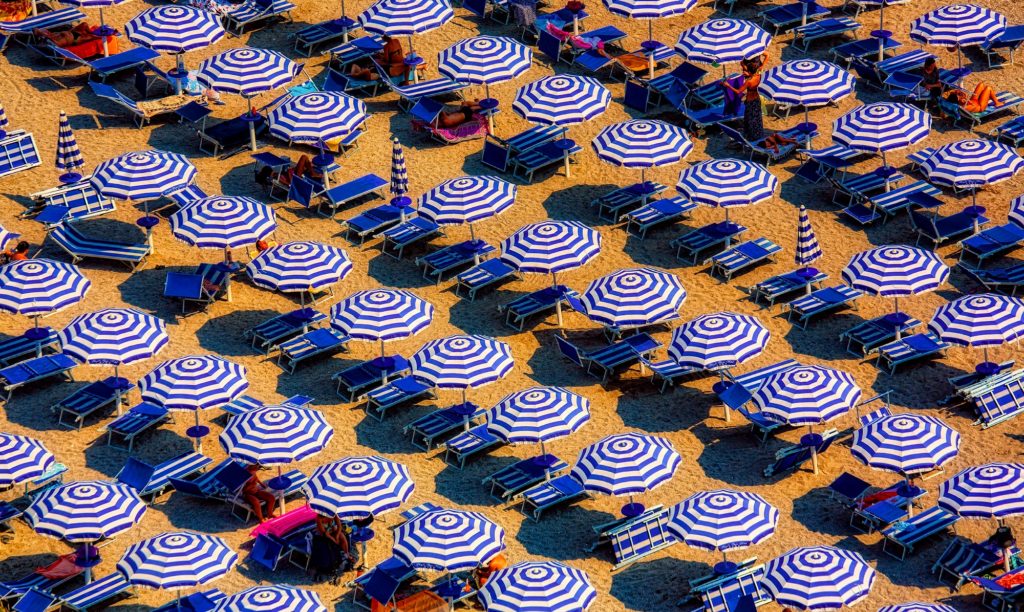
Post-Processing Beach Photography:
No image is complete when shot RAW, without a bit of post-processing. Here are some basic steps for a brilliant final image.
- Make sure you adjust the white balance settings to match what you saw on location
- Adjust the exposure and contrast.
- Use the crop tool to get the horizon straight if you haven’t got it right straight out of the camera
- Make use of the contrast, highlights, shadows, vibrance, saturation, sharpening and clarity sliders to make any other basic adjustments.
- If the image has a hazy look due to bright lights, make use of the dehaze tool to get a bit of contrast in the image.
- If you feel that you have lost a bit of cloud or other sky details, make use of a graduated filter or other brush tools to get the details right.
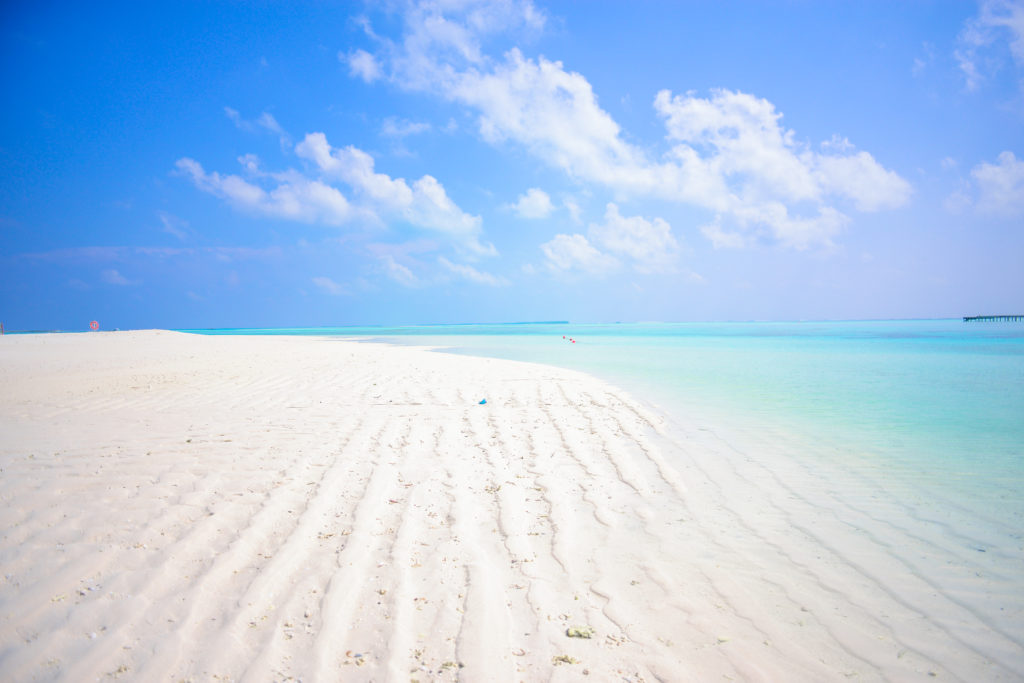
Learnings From Around The Web:
Take a look at these great tips on beach photography from around the web
- Beach Photography Tips – over at Photography Mad they have some great tips to get you photographing the beach beautifully
- 10 Beach Photography Tips – Digital Photography School rounds out a top 10 that you should keep in mind when heading to the beach
- 9 Great Tips for Capturing Dramatic Images Of The Sea – Contrastly focuses on how to capture the sea in all its glory, this guide is worth a read for its tips
Further Reading On Light Stalking:
Of course, we have a plethora of tips, tricks, and guides on beach photography here at home on Light Stalking for you to return to time and again, whenever you need it


